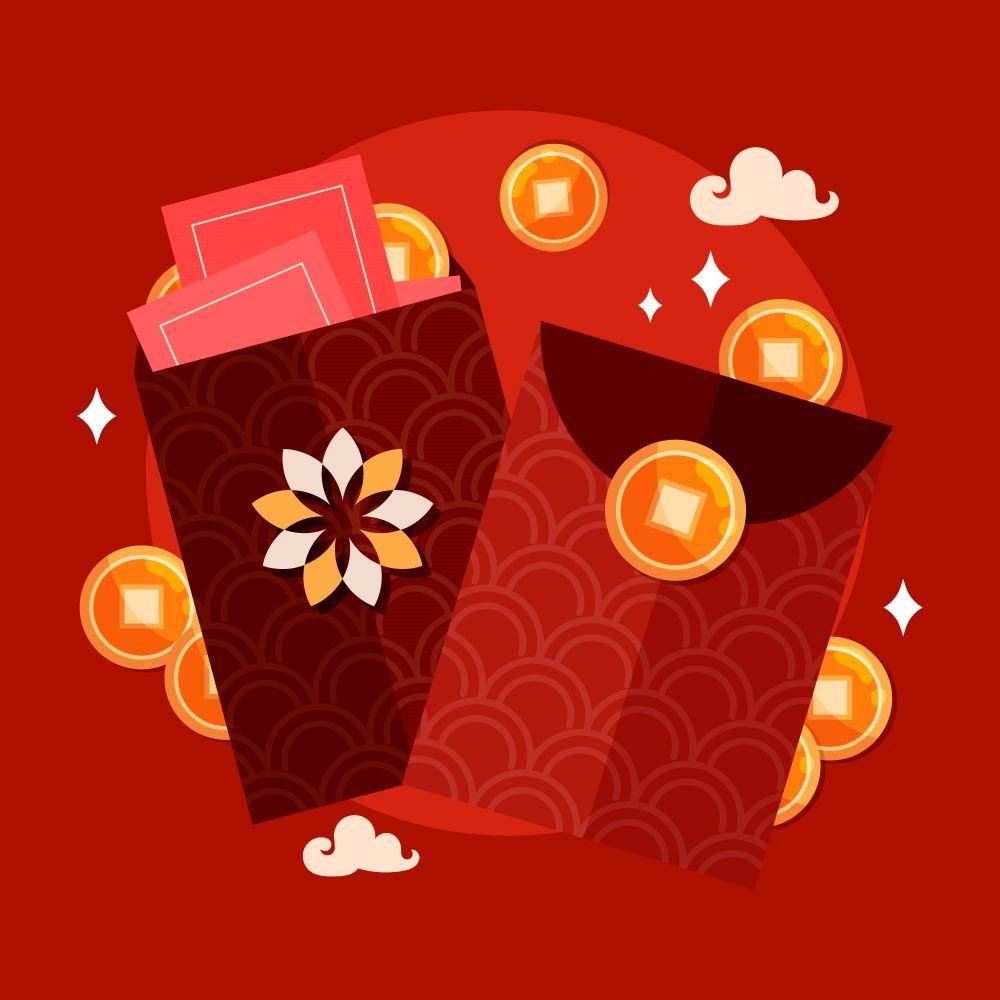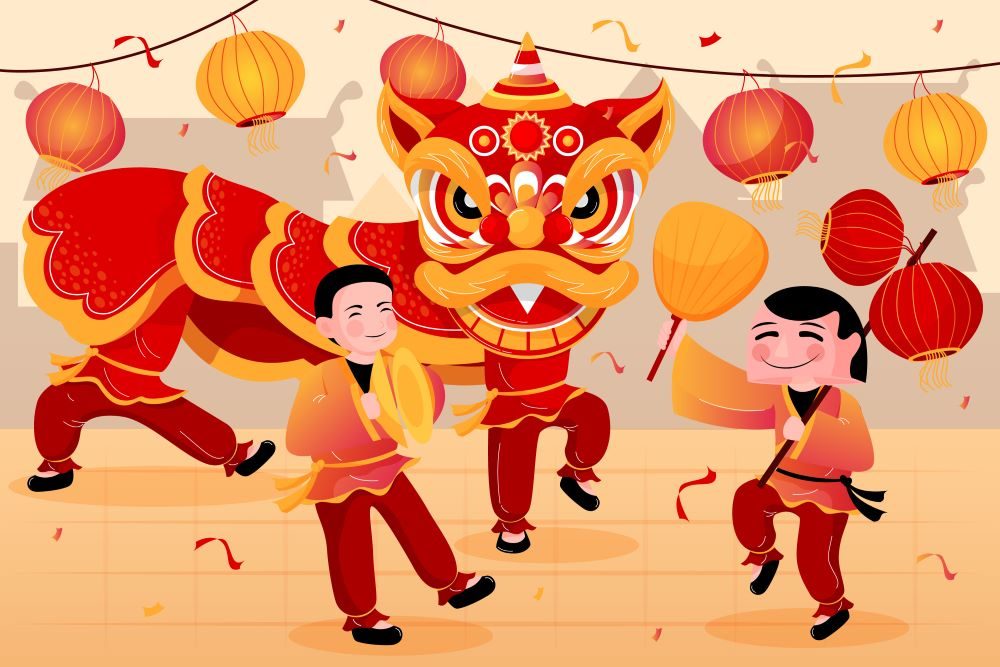As we bid farewell to the old and welcome the new, billions of people around the world are gearing up to celebrate the Lunar New Year, a festivity rich in tradition, symbolism, and hope. Also known as the Spring Festival or Chinese New Year, this cultural extravaganza marks the beginning of the lunar calendar and holds immense significance in various Asian communities. The Lunar Year 2024 is the year of the dragon. In this blog, we will delve into the essence of the Lunar New Year and explore five heartwarming traditions that not only bring families together but also signify new beginnings. Let’s learn about the significance of the Lunar New Year.
Symbolism of Renewal and Rebirth
The Lunar New Year is deeply rooted in the philosophy of renewal and rebirth. As families gather to bid adieu to the old year, they engage in thorough house cleaning, symbolizing the removal of bad luck and making way for good fortune. This cleansing ritual is a metaphor for leaving behind the past and embracing a fresh start, reflecting the universal human desire for positive change.
In Chinese culture, sweeping the house before the New Year is believed to brush away the old and make room for incoming blessings. Families often use red decorations, a color associated with good luck and happiness, to adorn their homes, creating a vibrant and auspicious atmosphere.
Family Reunion and Generosity
Lunar New Year is a time for families to come together, bridging geographical gaps and reinforcing the importance of familial bonds. The reunion dinner, held on the eve of the New Year, is a cornerstone of the celebration. It is a time when generations gather around a table, sharing traditional dishes and tales of the past year. The emphasis on togetherness highlights the value of family in fostering a sense of belonging and emotional support. In Korea, families engage in the ritual of Charye, where they pay respects to ancestors by setting up an elaborate table with symbolic offerings. This act not only honors the past but also reinforces the importance of family heritage and continuity.
Five Important Lunar New Year Traditions
Exchange of Red Envelopes (Hongbao or Ang Pao)

The tradition of giving and receiving red envelopes, known as Hongbao in China and Ang Pao in Southeast Asia, is a gesture of goodwill and blessings. These vibrant red packets, filled with money, are exchanged among family members, friends, and colleagues. The act is believed to bring good luck and prosperity to both the giver and the recipient.
Feast of Traditional Delicacies
The Lunar New Year is synonymous with a feast of delectable traditional dishes. Families meticulously prepare and share a variety of symbolic foods believed to bring prosperity, longevity, and good luck. From dumplings symbolizing wealth to fish representing surplus, each dish carries a unique significance.
Dragon and Lion Dances

The rhythmic beats of drums, clashing cymbals, and the vibrant colors of dragon and lion dances fill the streets during Lunar New Year celebrations. These performances, deeply rooted in Chinese culture, are believed to ward off evil spirits and bring good luck and prosperity to the community.
Offerings to the Kitchen God
In Chinese culture, families pay homage to the Kitchen God a week before the New Year by offering sweet treats and burning his effigy. The Kitchen God is believed to report on the household’s activities to the Jade Emperor, and this ritual ensures a favorable report, bringing blessings and prosperity to the family.
Lighting Firecrackers and Lanterns

The crackling sounds of firecrackers and the soft glow of lanterns illuminate the night sky during Lunar New Year celebrations. The tradition of lighting firecrackers is rooted in the belief that the loud noises scare away evil spirits, ensuring a peaceful and auspicious start to the New Year.
Conclusion
As the Lunar New Year unfolds, it brings with it a tapestry of traditions that enrich the cultural fabric of communities around the world. Beyond the festive decorations and sumptuous feasts, these traditions embody the spirit of renewal, family bonds, and hope for a brighter future. Whether through the exchange of red envelopes, the mesmerizing dragon dances, or the symbolic feasts, the Lunar New Year serves as a poignant reminder that, no matter where we come from, the essence of new beginnings and the warmth of shared traditions unite us all in a celebration of life, love, and prosperity.
Gong xi fa cai! ABM College wishes you all abundance this Chinese New Year!
Contact us to fulfill your educational goals.
About The Author

Private Career College
ABM College is a leader in career-focused education, committed to empowering students with industry-relevant skills. With expert instructors and practical training, ABM College delivers high-quality programs in health, business, technology, and more, ensuring graduates are prepared to meet workforce demands. Known for its supportive learning environment and a focus on real-world application, ABM College is a trusted educational partner helping students achieve professional success across Canada.
